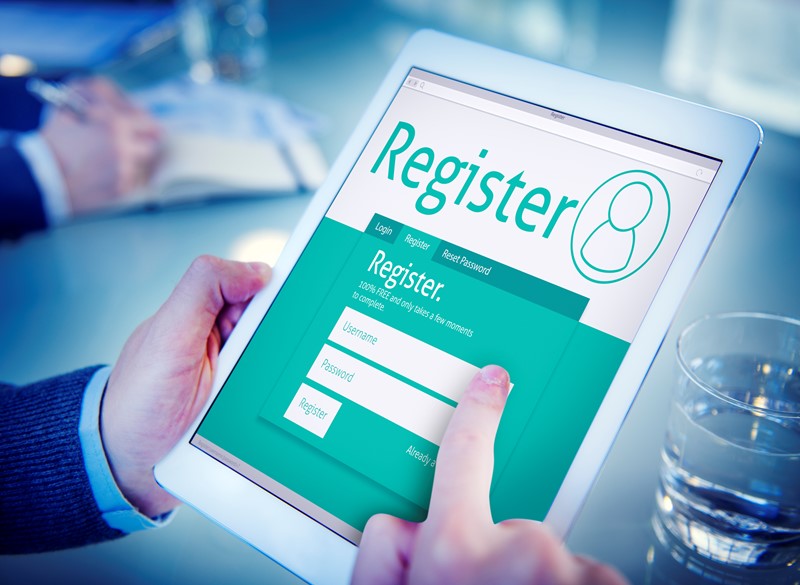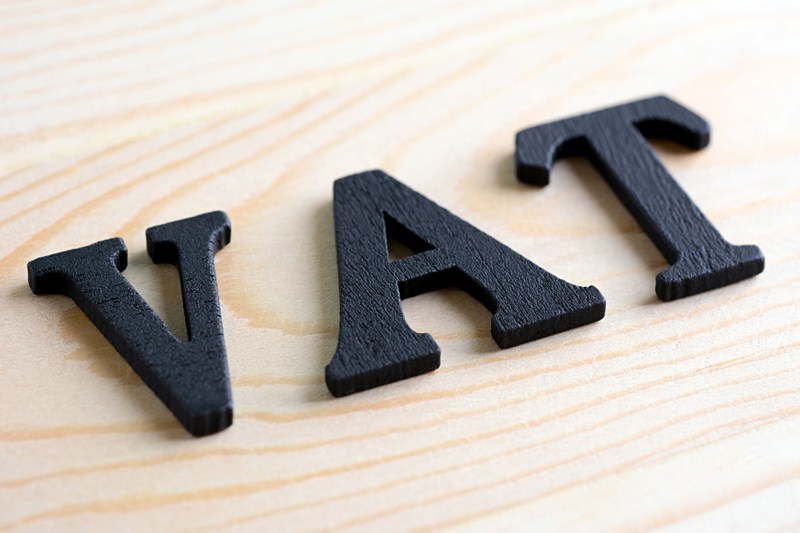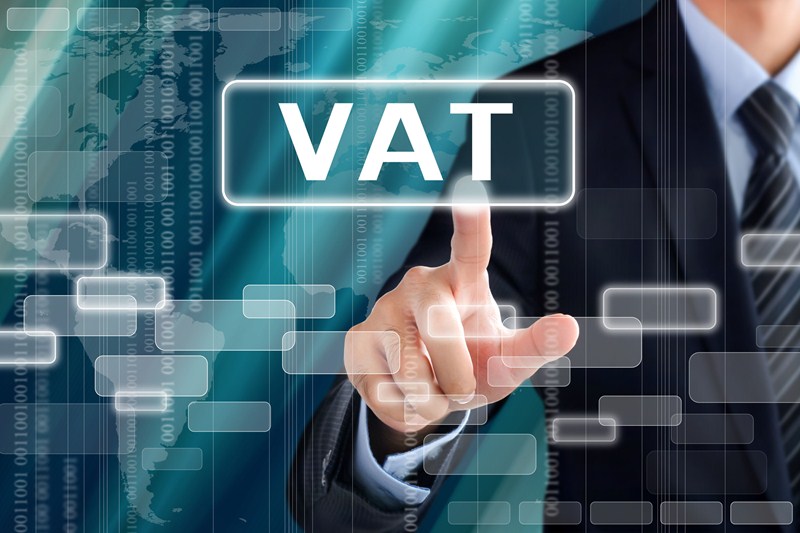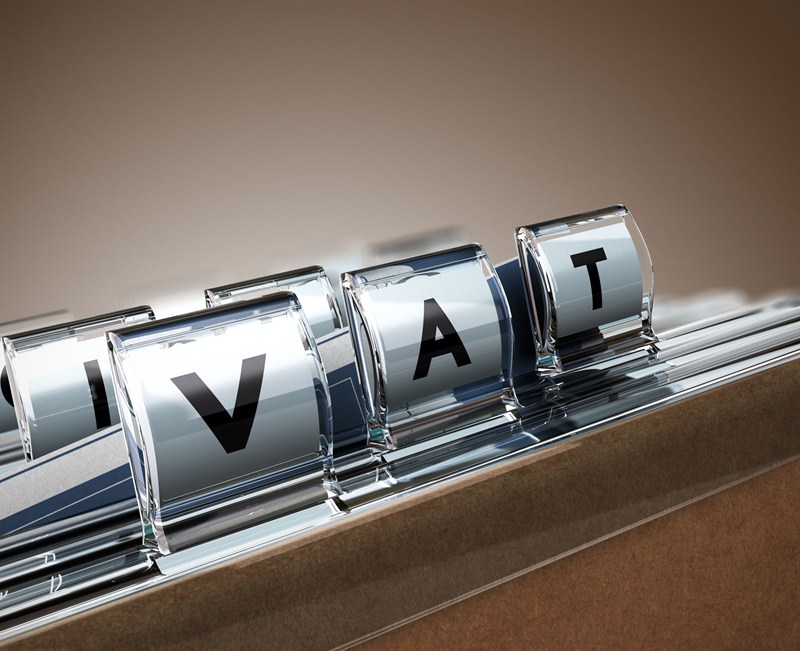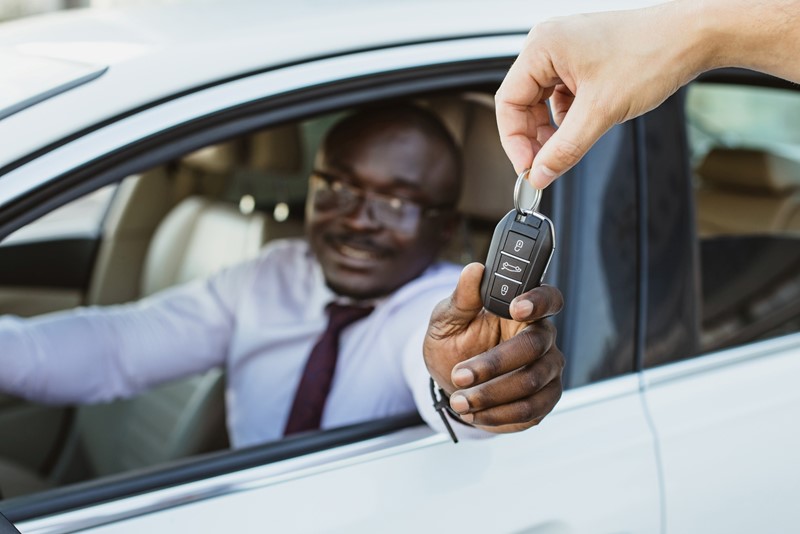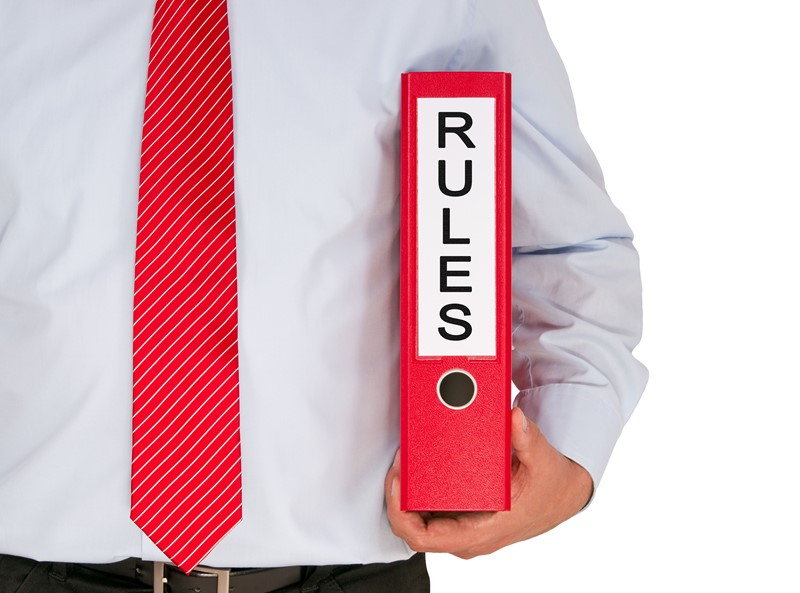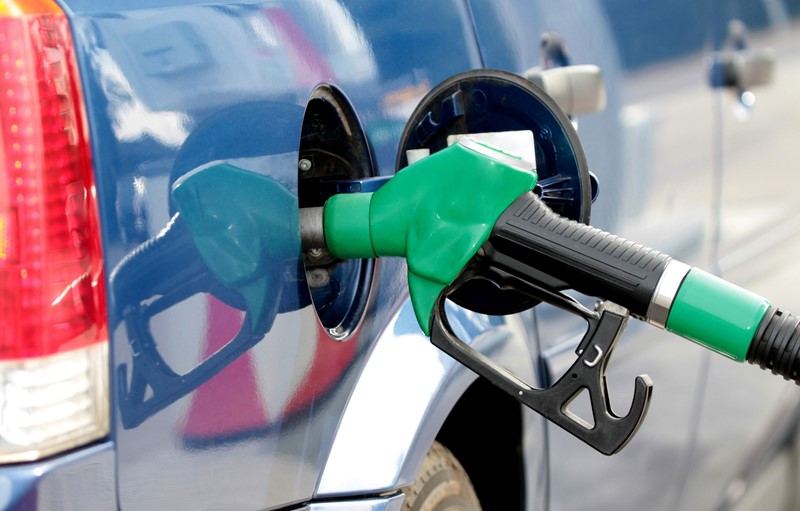There are a number of conditions that must be satisfied for an activity to be within the scope of UK VAT.
An activity will fall within the scope of VAT when all the following conditions are met:
- it is done for consideration;
- it is a supply of goods or services;
- the supply is made in the UK;
- it is made by a taxable person; or
- it is made in the course or furtherance of any business carried on or to be carried on by that person.
One of the conditions that needs to be carefully considered when deciding whether an activity is within the scope of VAT is the concept that the supply must be made in the course or furtherance of business.
This idea of 'business' is one of the less well-known conditions. However, the concept of business is an important condition that determines whether a business must charge VAT on their sales, known as output VAT, and on its ability to recover VAT, known as input tax.
In most cases it will be clear whether an activity is ‘business’ related and should fall within the scope of VAT. However, in cases where the result is less clear cut, there is a test based on an historic court case where the court identified six factors or indicators to determine whether an activity was ‘business’ related. The test should be applied to individual activities separately.
HMRC’s internal manuals provide the following example:
Imagine a person registered as a self-employed plumber who now and again renovates old cars. They do not automatically have to charge tax when selling those cars. This is because it would be hard to see the activity of car renovation being included within their business as a plumber.
On the other hand, if the car activity can be seen to have the attributes of a business in its own right, then the plumber would have to charge tax on the sales.
Source:HM Revenue & Customs| 18-09-2023

